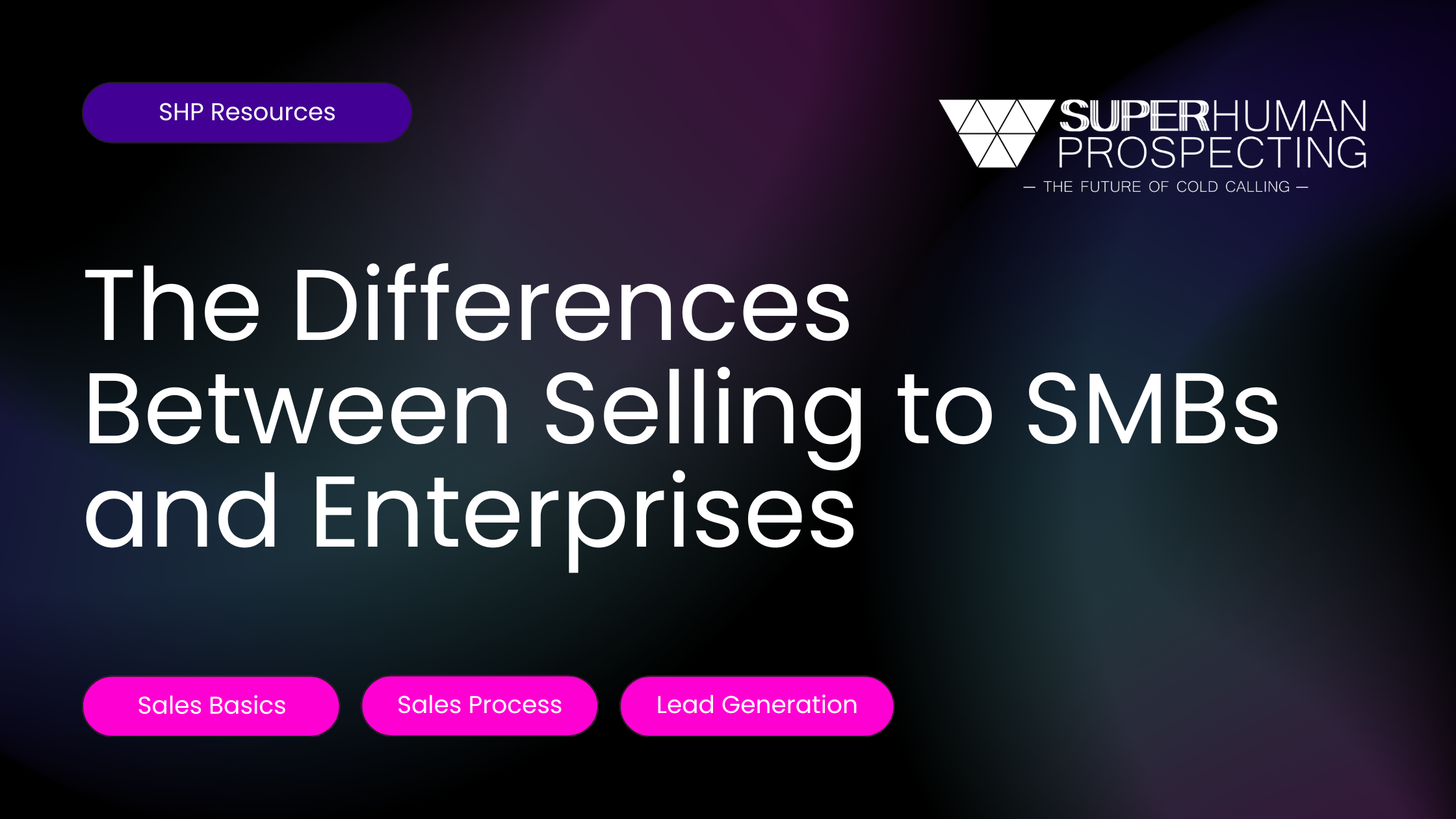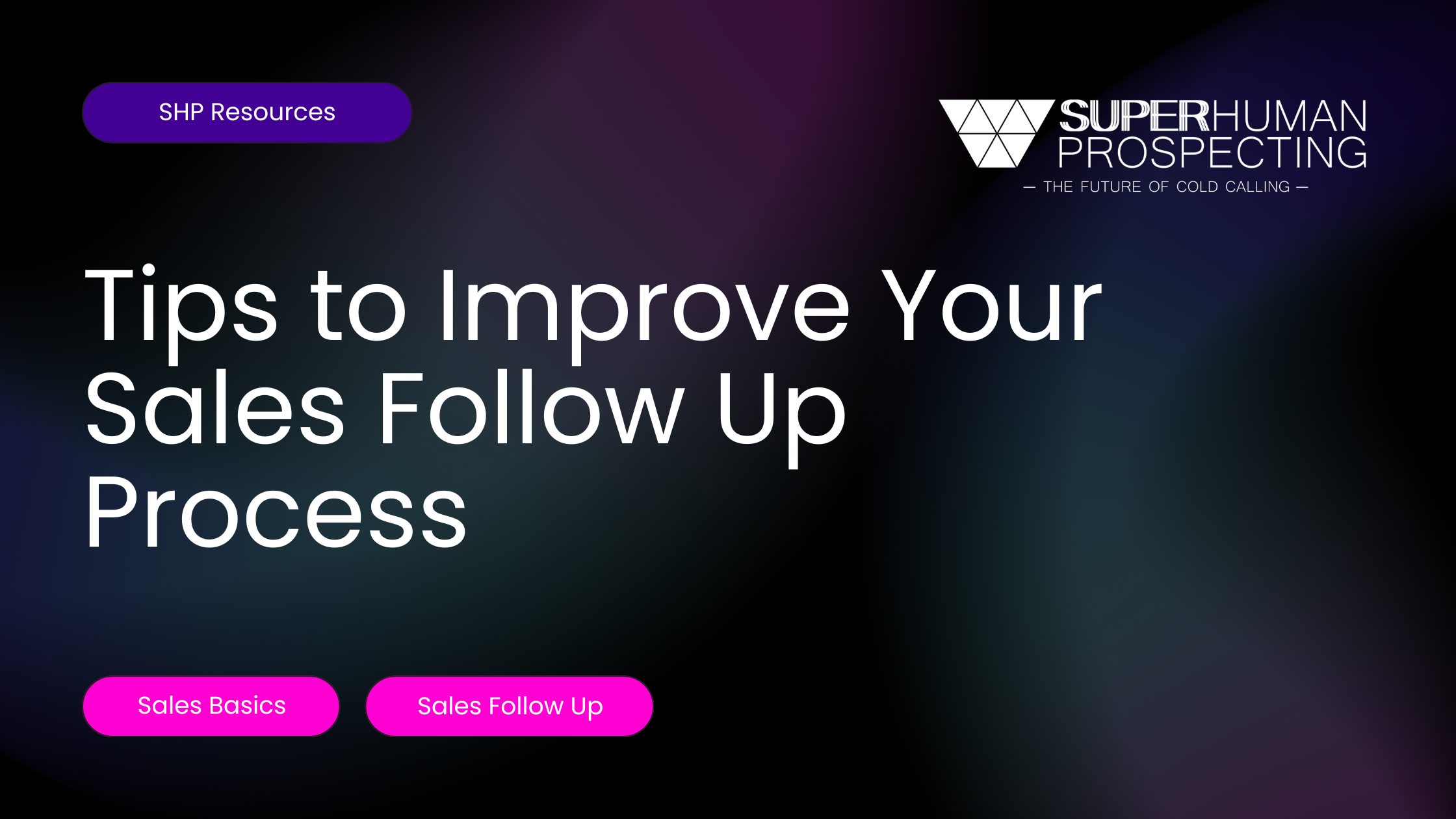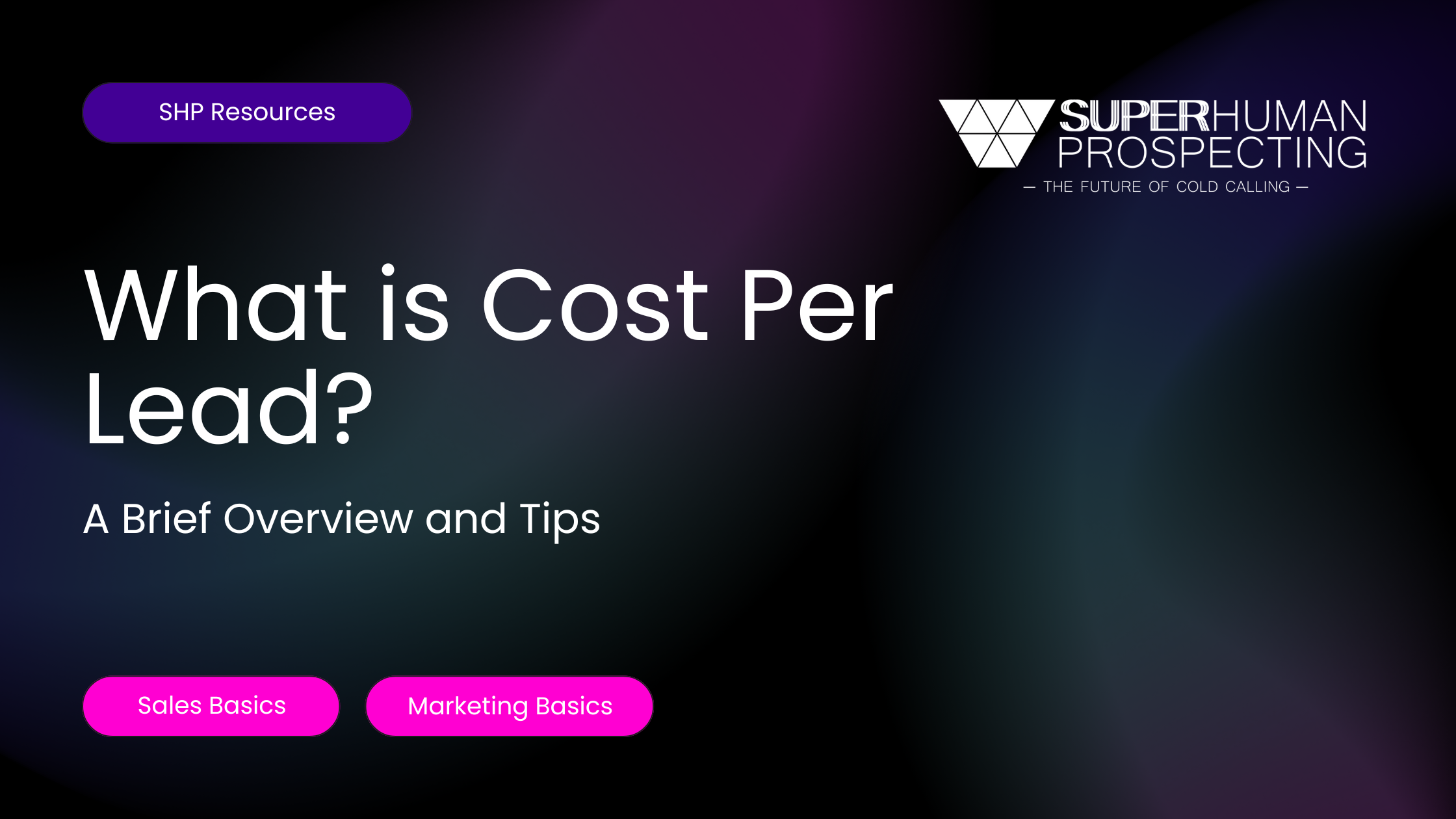In the realm of sales, it’s crucial to recognize that selling to Small and Medium-sized Businesses (SMBs) differs fundamentally from engaging with large enterprises. These two segments are not merely scaled versions of one another; they have distinct characteristics, varying needs, and unique sales philosophies. Understanding these differences is essential for developing effective sales strategies tailored to each market. In this blog post, we will explore the key contrasts between selling to SMBs and enterprises, focusing on their individual pain points, priority areas, buying processes, decision-makers, messaging strategies, and ideal sales tactics. By tapping into these insights, sales professionals can better navigate the complexities of each segment, enhancing their overall effectiveness and driving growth.
What’s the Deal with SMBs and Enterprises?
First off, let’s define what we mean by SMBs and enterprises:
- Small Business: Less than 100 employees and raking in under $50 million a year.
- Mid-Sized Business: 100 to 999 employees, with annual revenue between 50million and1 billion.
- Enterprise: Basically, any company that has more than 999 employees or makes over $1 billion a year.
Got it? Great! Now, let’s break down how selling to these two groups differs.
Pain Points: What Are They Dealing With?
SMBs and enterprises have their own sets of headaches that influence their buying decisions. SMBs often focus on:
- Keeping costs down
- Simplicity of use
- Quick results
For them, it’s all about achieving stability and finding ways to boost productivity. On the flip side, enterprises grapple with more complex issues like scalability and making sure new solutions integrate smoothly with their existing systems. They’re looking for high ROI and solutions that tackle those big, hairy challenges.
Sales Cycle: How Long Does It Take?
When it comes to the sales cycle, SMBs usually have a quicker turnaround. Since decision-making tends to involve fewer people (sometimes just one!), they can go from initial contact to purchase in as little as a couple of days or up to three months.
Enterprises, however, are a whole different ballgame. Their sales cycles can stretch over several months to even years, involving many stakeholders and more in-depth discussions. Think of it as a slow dance versus a quick shimmy!
What’s on Their Mind? Priorities Matter!
SMBs are all about short-term wins. They want solutions that deliver quick benefits, prioritizing ease of use and cost savings because they need immediate impacts. For enterprises, the game changes. They focus on long-term objectives—efficiency across teams, data security, and how a solution aligns with their broader strategic goals.
The Buying Journey: Who’s in Charge?
The buying process also varies quite a bit. SMBs often jump right into decisions, sometimes swayed by a single demo or a trial. Meanwhile, enterprises take a more winding route. Their buying journey is layered and involves several reviews and approvals, often needing consensus from various departments.
Who Calls the Shots?
In SMBs, decisions frequently rest with the business owner or a tight-knit management team, making things pretty straightforward. On the other hand, enterprises have committees of decision-makers—think department heads, IT managers, and finance folks—who each have their own set of criteria and concerns. Yes, it can get complicated!
Crafting Your Message: How to Connect
When it comes to messaging, tailor your approach based on your audience. For SMBs, keep it direct and simple. Highlight ease of use, cost-effectiveness, and those immediate benefits. Enterprises, though, require a deeper dive. Their messaging should emphasize complex solutions, ROI, and strategic benefits. They’re often looking for detailed case studies and whitepapers that tackle their specific challenges.
Sales Tactics: Digging Deeper
Last but not least, let’s talk tactics. SMB sales often involve quick pitches, free trials, and highlighting customer support. You want to show value and close deals quickly. For enterprises, it’s all about relationship-building and consultative sales. You’ll need to engage various stakeholders and support them through a longer, more nuanced sales process.
Wrap Up: Know Your Audience!
Selling to SMBs versus enterprises isn’t just about size; it’s about understanding their unique needs and behaviors. By fine-tuning your sales strategies to fit each segment, you’ll be able to generate better leads and close more deals.
Now, get out there and take these insights to your next sales pitch! Happy selling







